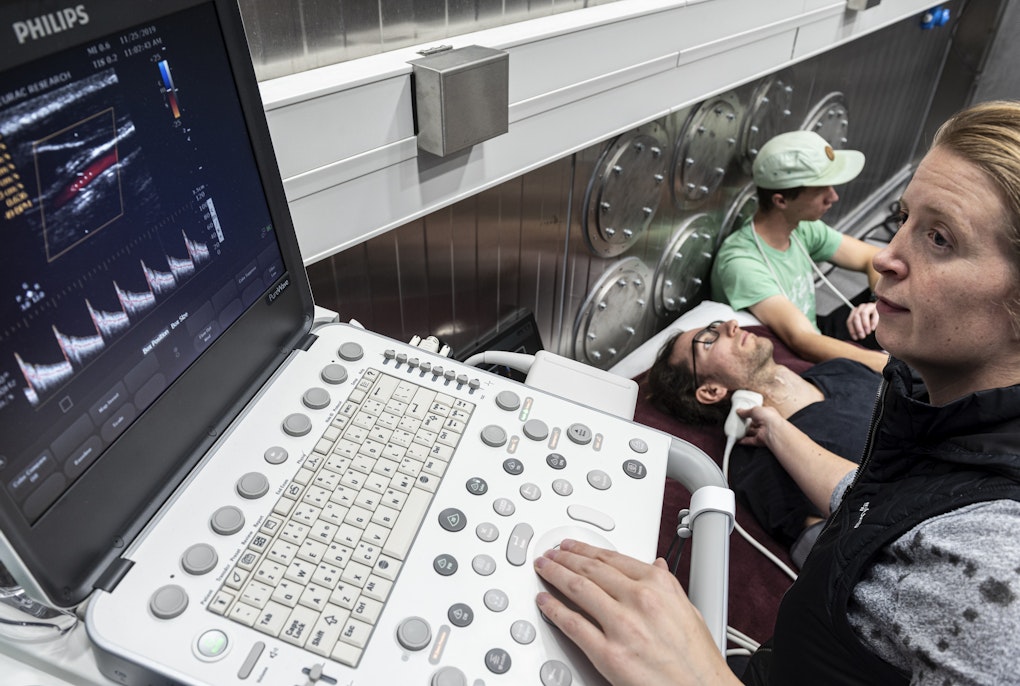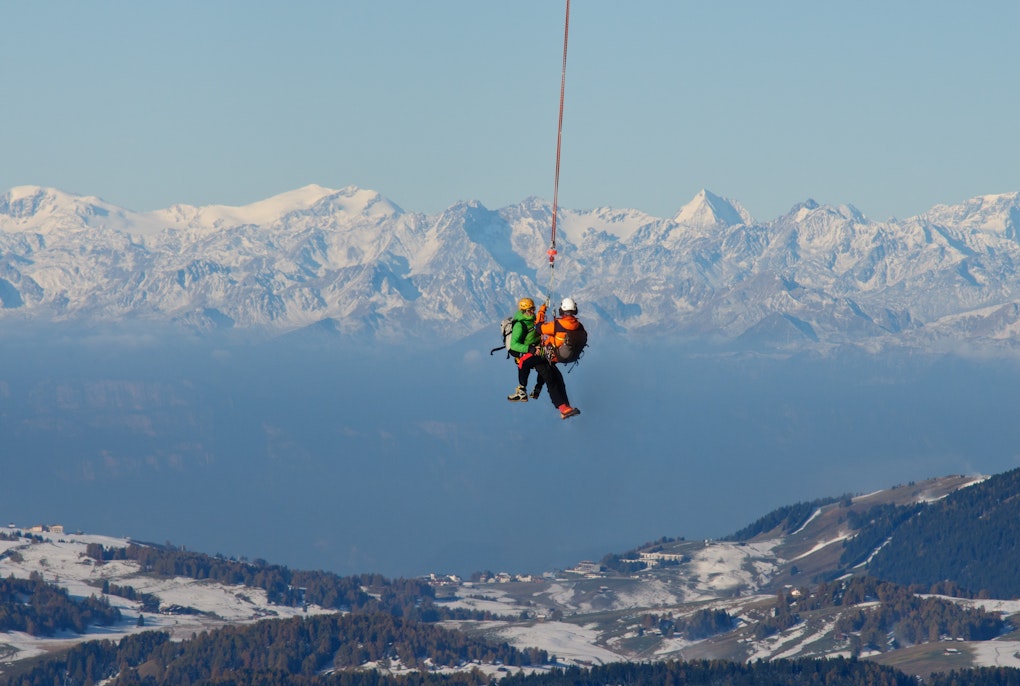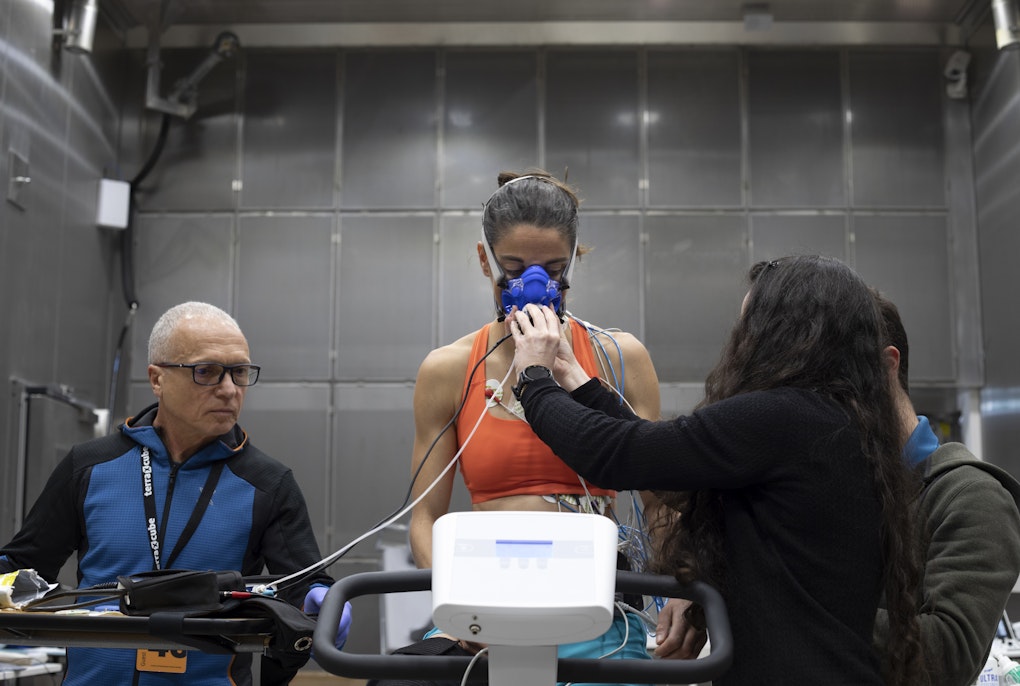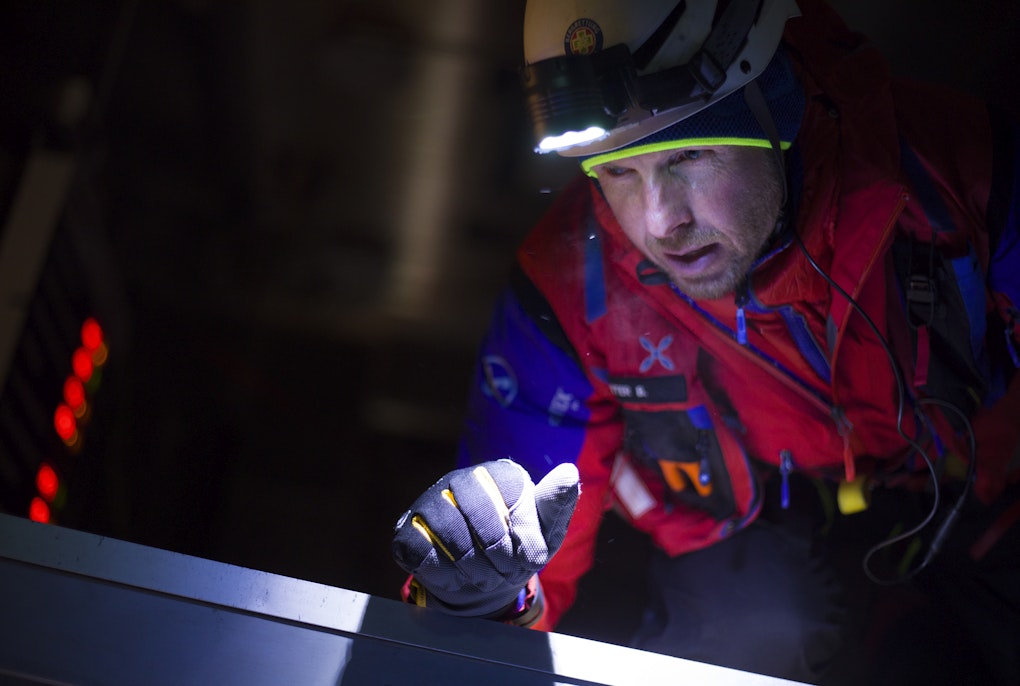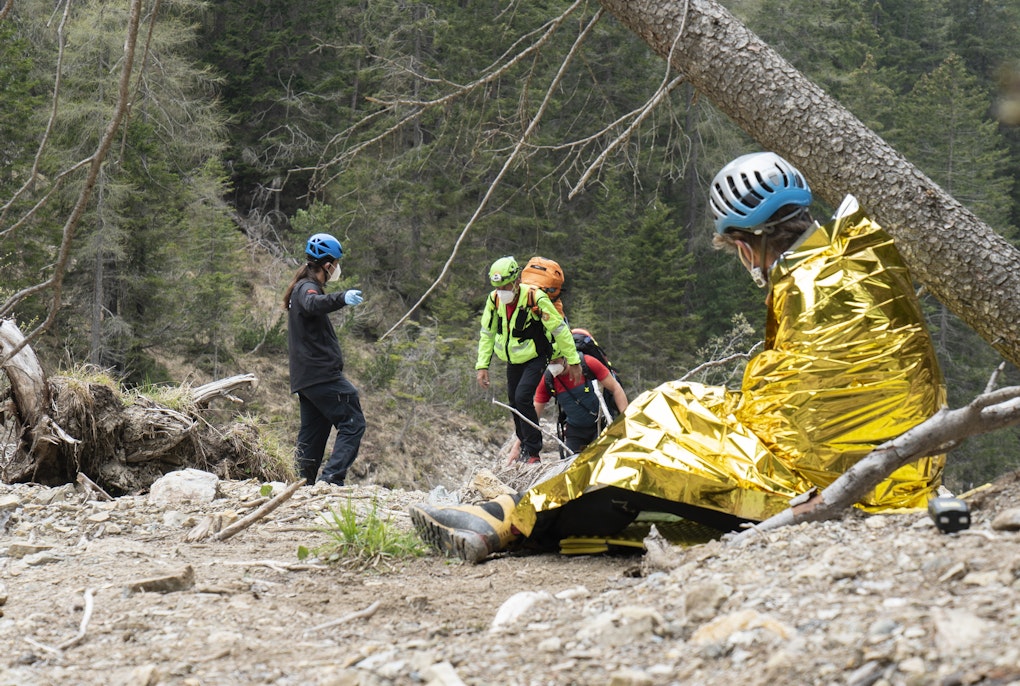In most cases, the reason why vital functions return spontaneously, minutes after an apparently unsuccessful resuscitation attempt, is still unknown, but the event is by no means rare. An international team of emergency physicians has systematically reviewed and analysed all cases published in the medical literature and provided practice guidelines based on these cases. The findings could have a notable impact on the entire field of emergency medicine.
You are an emergency physician trying to resuscitate a patient who has undergone cardiac arrest. Adhering to the current international guidelines, you continue for 20-30 minutes, but the ECG shows a flat line, the heart has stopped beating, and there are no vital signs. You consider that the resuscitation attempt has failed and you stop further interventions. Suddenly, minutes later and with no external intervention the patient spontaneously starts to exhibit signs of life. Known as the "Lazarus phenomenon", this occurrence has been observed by many emergency care physicians, according to previously published surveys. An international team of emergency physicians from the University Hospitals of Morecambe Bay Trust (UK), the Lausanne University Hospital (CH), Paracelsus Medical Private University Salzburg (A) and Eurac Research Centre Bolzano (I) has systematically reviewed and analysed all cases published in the medical literature and provided practice guidelines based on these cases. The findings could have a notable impact on the entire field of emergency medicine. In most cases, the reason why vital functions return spontaneously, minutes after an apparently unsuccessful resuscitation attempt, is still unknown, but the event is by no means rare. This is evident from international surveys, where 37 to 50 percent of the anaesthetists and intensive care physicians questioned had experienced such phenomena. After examining the medical literature on the occurrence, which was first formally written up in 1982, the four researchers Les Gordon, Mathieu Pasquier, Hermann Brugger and Peter Paal were able to find 63 documented cases from several countries. "Based on our analysis, we suspect that Lazarus Syndrome is much more common than it appears in literature," concludes Les Gordon, lead author of the study and British anaesthetist. For the research team, the term "Lazarus phenomenon" can affect all emergency patients who, following cardiac arrest and after cardiopulmonary resuscitation has been terminated, then have a spontaneous return of circulation. Of the 63 cases described, one third survived the cardiac arrest (22 patients), and 82 percent of those suffered (18 patients) no permanent neurological damage. "Even if there seem to be few in number, the significance is considerable when you think of the medical staff, relatives, legal consequences involved and the number of patients who need cardiopulmonary resuscitation every day", emphasise co-authors Hermann Brugger and Peter Paal. "The fact that the majority of the survivors do not exhibit any consequential signs of damage is also of the utmost importance", underlines fellow researcher Mathieu Pasquier, who statistically analysed the data. On the basis of their findings, the four researchers have made several recommendations, the most important of which, is that a patient should be observed and monitored with an electrocardiogram for at least ten minutes after the termination of cardiopulmonary resuscitation. This is because of the 65 documented cases, vital signs recurred after five minutes in only half the cases, whereas extending the observation period to ten minutes would pick up a further 20 per cent. The study, now published in the respected Scandinavian Journal of Trauma, Resuscitation and Emergency Resuscitation can be read here.


